The Vintage News

For years before World War II broke out, Winston Churchill had warned the British government of Adolf Hitler’s growing influence. When he was elevated to Prime Minister in 1940, Churchill became a major obstacle to the Führer, rallying the Establishment and its people and inspiring them to fight on.
So it was natural that Nazi brains set to work on a plot to assassinate this proud symbol of resistance with his famous cigars and hand gestures.
Things took a strange turn in 1943 when a letter arrived addressed to the artist Laurence Fish. It was from Lord Rothschild of MI5 and revealed to Fish details of a top-secret scheme to kill the Prime Minister using… chocolate.
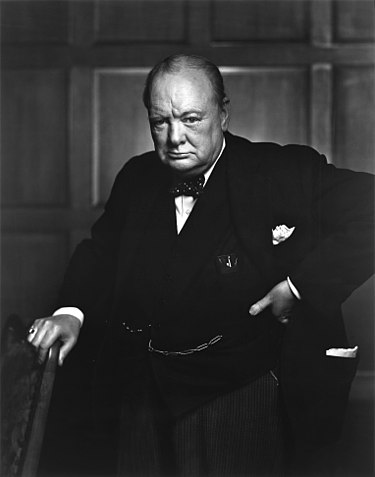
Winston Churchill
Perhaps identifying Churchill as a man who enjoyed the finer things in life, the Nazis planned to smuggle confectionery-coated explosives into the heart of government. This had then been discovered by British spies.
The Telegraph picked up the story in 2012: “The Germans apparently planned to use secret agents working in Britain to discreetly place the bars – branded as Peters Chocolate – among other luxury items taken into the dining room used by the War Cabinet during the conflict.”
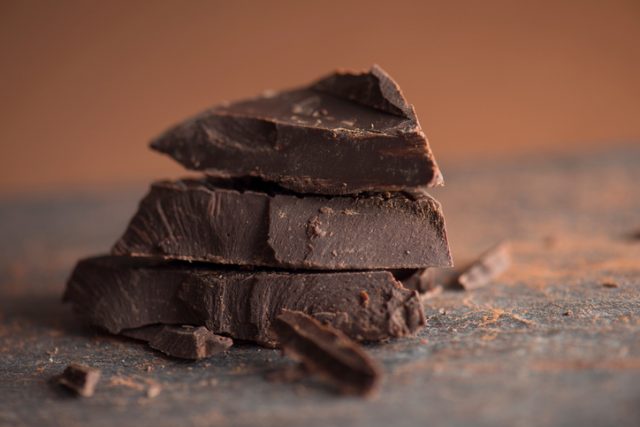
Chocolate chunks on a stone background
But why had Fish been contacted about this unusual effort? Rothschild needed some quick advertising to alert the British public as to the presence of these delicious yet deadly objects. He asked for a poster to get the idea across, which would include the following life-saving tip.
“He asked the artist to indicate in the text on his drawing that a bomb would go off seven seconds after the piece of chocolate and attached canvas was pulled out.”
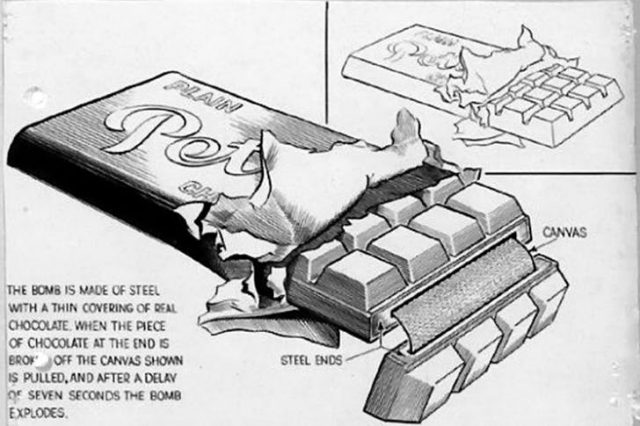
Photo by Laurence Fish/National Archives
This related to the act of detonating the device, where breaking the chocolate at the end would trigger a delaying mechanism via a piece of canvas. Fish himself passed away in 2009, but the letter was found by his widow, the journalist Jean Bray, and released to the public three years later.
Thankfully the calorie-packed plot was foiled, and Fish died of natural causes in 1965. However, this wasn’t the only food-based tactic used during the conflict. Secret Weapons: Technology, Science And The Race To Win World War II by Prof. Brian Ford (2011) outlines other offbeat assassination methods considered, this time by Allied Forces. Ford uncovered the information through declassified documents.
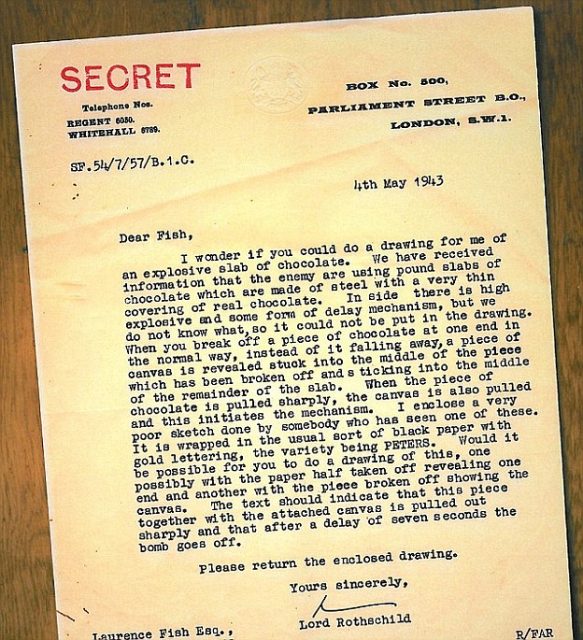
Rothschild’s letter to Fish. Photo by Jean Bray /Laurence Fish estate
Bombs placed inside fruit tins was one option, as reported by The Huffington Post in their coverage of the book. In fact, various substances and indeed creatures were in the frame for covert warfare: “Other ideas called for dumping glue on Nazi soldiers to trap them… and releasing poisonous snakes on enemy lines.”
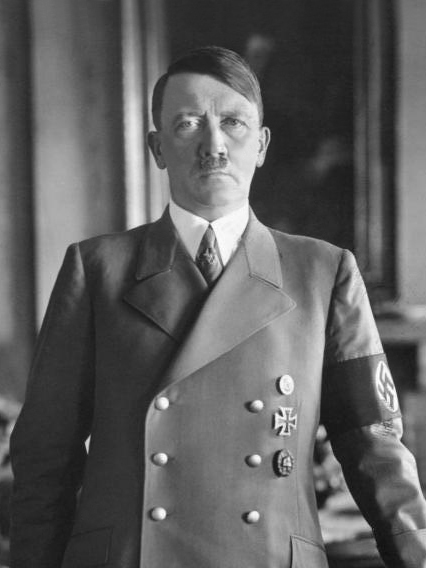
Portrait of Adolf Hitler. Photo by Bundesarchiv, Bild 183-H1216-0500-002/ CC-BY-SA
When it came to taking on the big German cheese of Adolf himself, operatives definitely thought outside the box. As Hitler advocated the use of inflatable dolls as a disease-free option for military recreation, the Allies went one better and tried to alter the Führer’s outlook on life. In the most permanent way imaginable.
Estrogen was floated as a potential way of pacifying the Nazi leader, encouraging his feminine side and saving the world one hormone at a time. As with Churchill and the chocolate, this weapon would be placed into the food supply.

Winston Churchill giving his famous ‘V’ sign, May 1943.
“Agents planned to smuggle doses of estrogen into his food to make him less aggressive and more like his docile younger sister Paula, who worked as a secretary… Spies working for the British were close enough to Hitler to have access to his food… estrogen was chosen because it was tasteless and would have a slow and subtle effect, meaning it would pass Hitler’s food testers unnoticed” writes The Telegraph.
If these fiendish plans had worked, the history of World War II would be very different. The expression “all’s fair in love and war” certainly springs to mind. It may be fair, but it can also be extremely weird.
